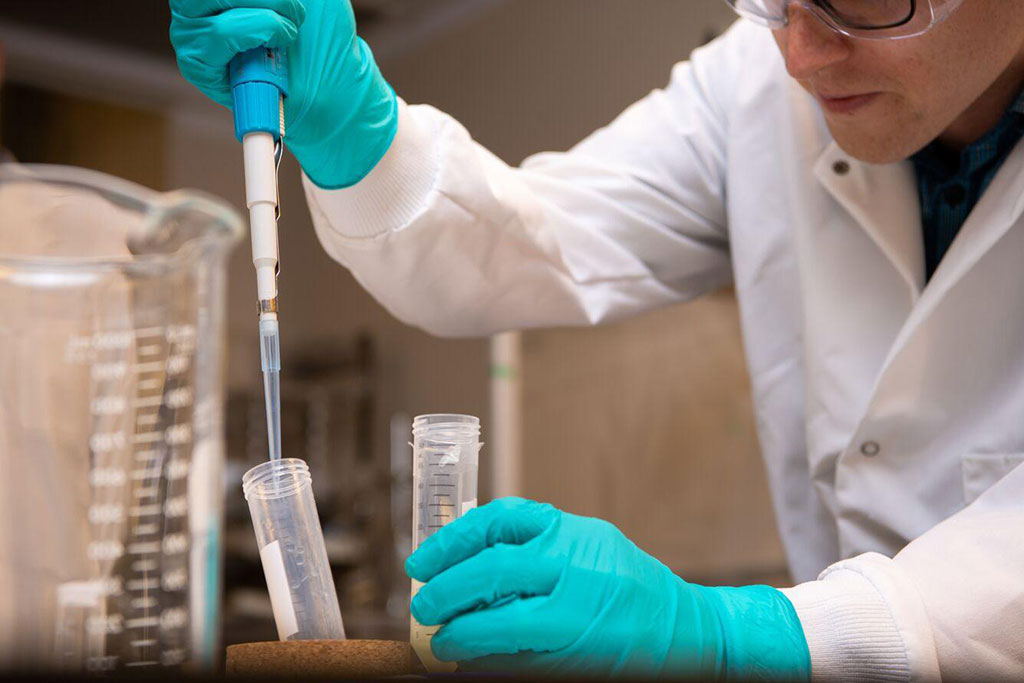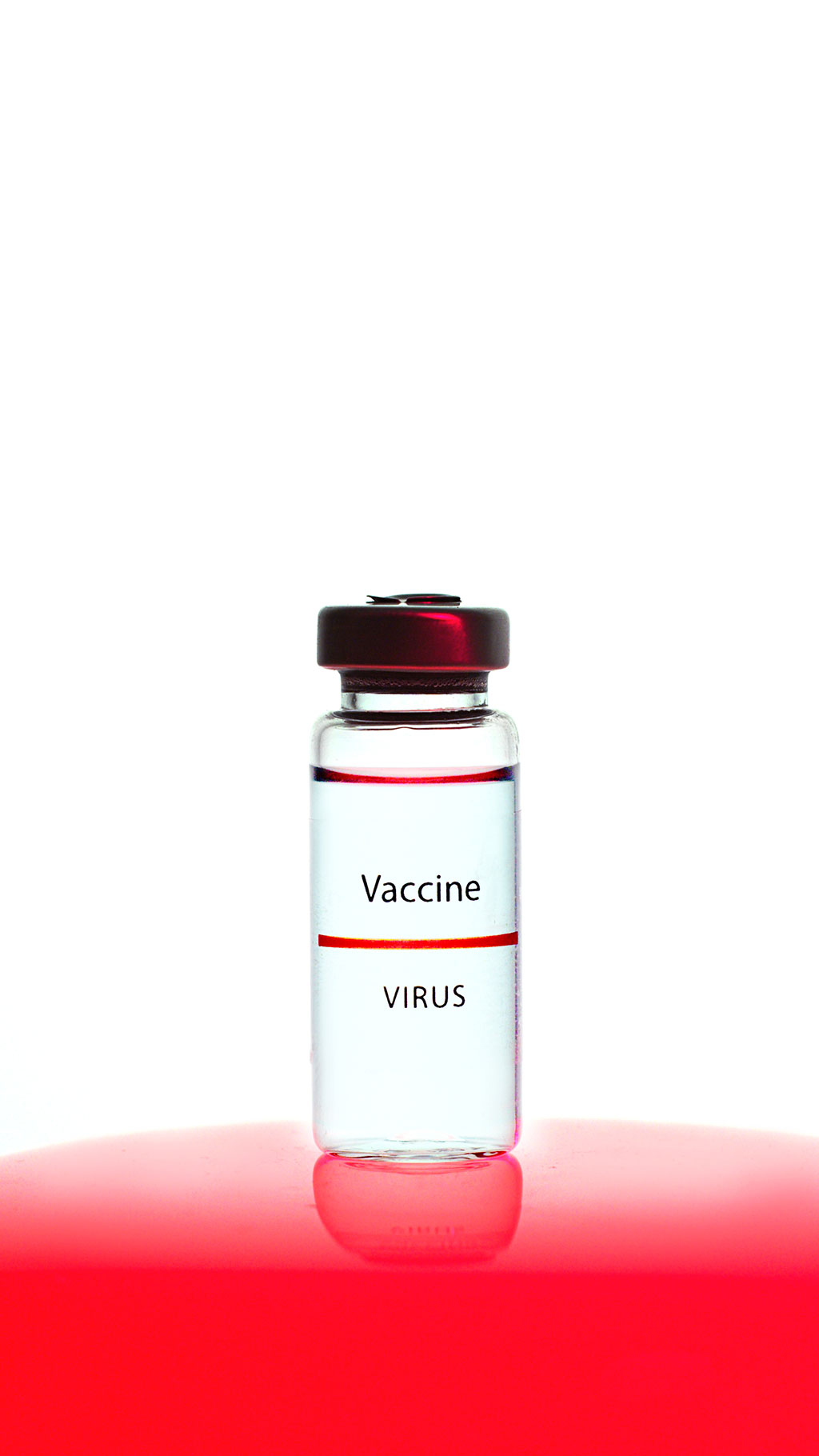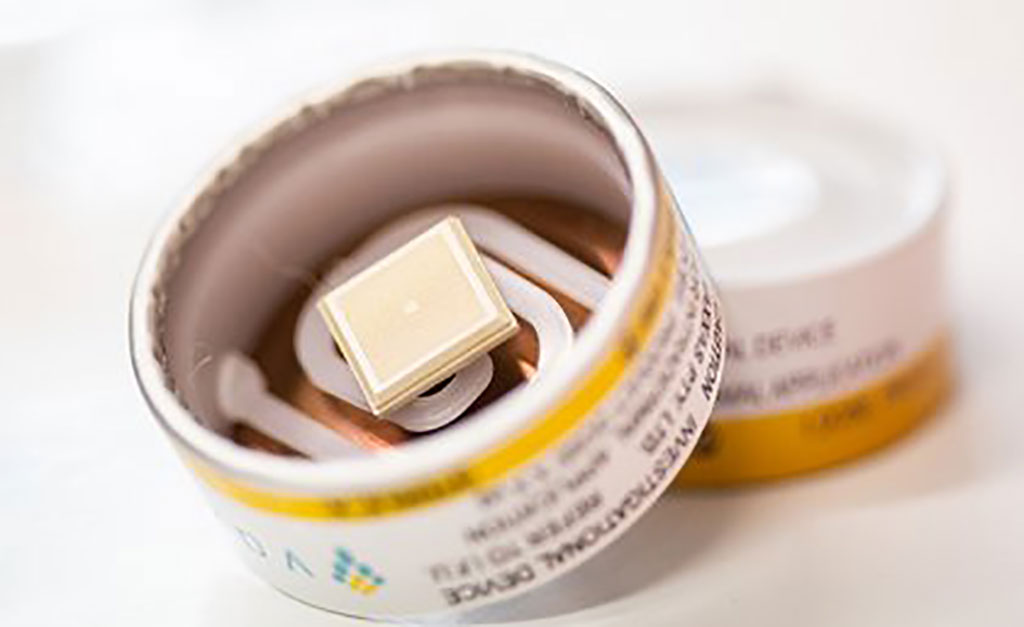Portable, Non-Invasive Respiratory Monitoring System Helps Detect Presence of COVID-19 in At-Risk Elderly Population
By HospiMedica International staff writers
Posted on 26 Oct 2020
The use of a portable, non-invasive respiratory monitoring system that detects pulmonary gas exchange impairment is proving valuable in monitoring the elderly and those who are at a high-risk of contracting respiratory illnesses like COVID-19.Posted on 26 Oct 2020
The AGM100 portable, non-invasive respiratory monitoring system from MediPines (Yorba Linda, CA, USA) provides rapid non-invasive pulmonary gas exchange measurements, typically in less than two minutes. The advanced respiratory monitoring system provides a comprehensive respiratory assessment designed to support medical providers with rapid detection of respiratory impairment. The AGM100 has been clinically validated and is FDA cleared and authorized for COVID-19 emergency use by Health Canada.

Image: AGM100 (Photo courtesy of MediPines)
Additionally, MediPines has released a scientific paper on respiratory monitoring in long-term care facilities which are facing extraordinary challenges with the devastating and often undetectable presence of COVID-19. Elderly and at-risk residents in retirement homes and assisted living facilities are more likely to suffer with comorbidities which can impact the severity and mortality of those with COVID-19. The CDC has also recommended frequent respiratory monitoring of long-term care residents, who are disproportionally impacted by COVID-19.
MediPines’ scientific paper outlines the medical rationale behind proper respiratory monitoring. The discussion outlines the use of a non-invasive respiratory assessment for residents who may not be exhibiting classical symptoms (i.e. low oxygen saturation), but still may be suffering from lung damage due to COVID-19, such as "silent hypoxemia."
"We were concerned about the practicality of frequent respiratory monitoring in our elderly residents, and the presence of unpredictable conditions like silent hypoxemia. As a result, we committed to using an advanced respiratory monitoring system (AGM100) to obtain residents' gas exchange measurements. We are monitoring both residents and staff to establish a baseline respiratory measurement. By doing this we will recognize if there is any change in a resident's or staff's respiratory status, giving us an early indication of potentially harmful respiratory conditions (e.g., COVID)," said Jon Howell, Co-Owner of Gracious Living Estates.
"Unfortunately, respiratory illnesses like COVID-19, are disproportionally impacting our elderly population. There is an urgent need for frequent respiratory monitoring in this at-risk population," said Steve Lee, CEO of MediPines.
Related Links:
MediPines














